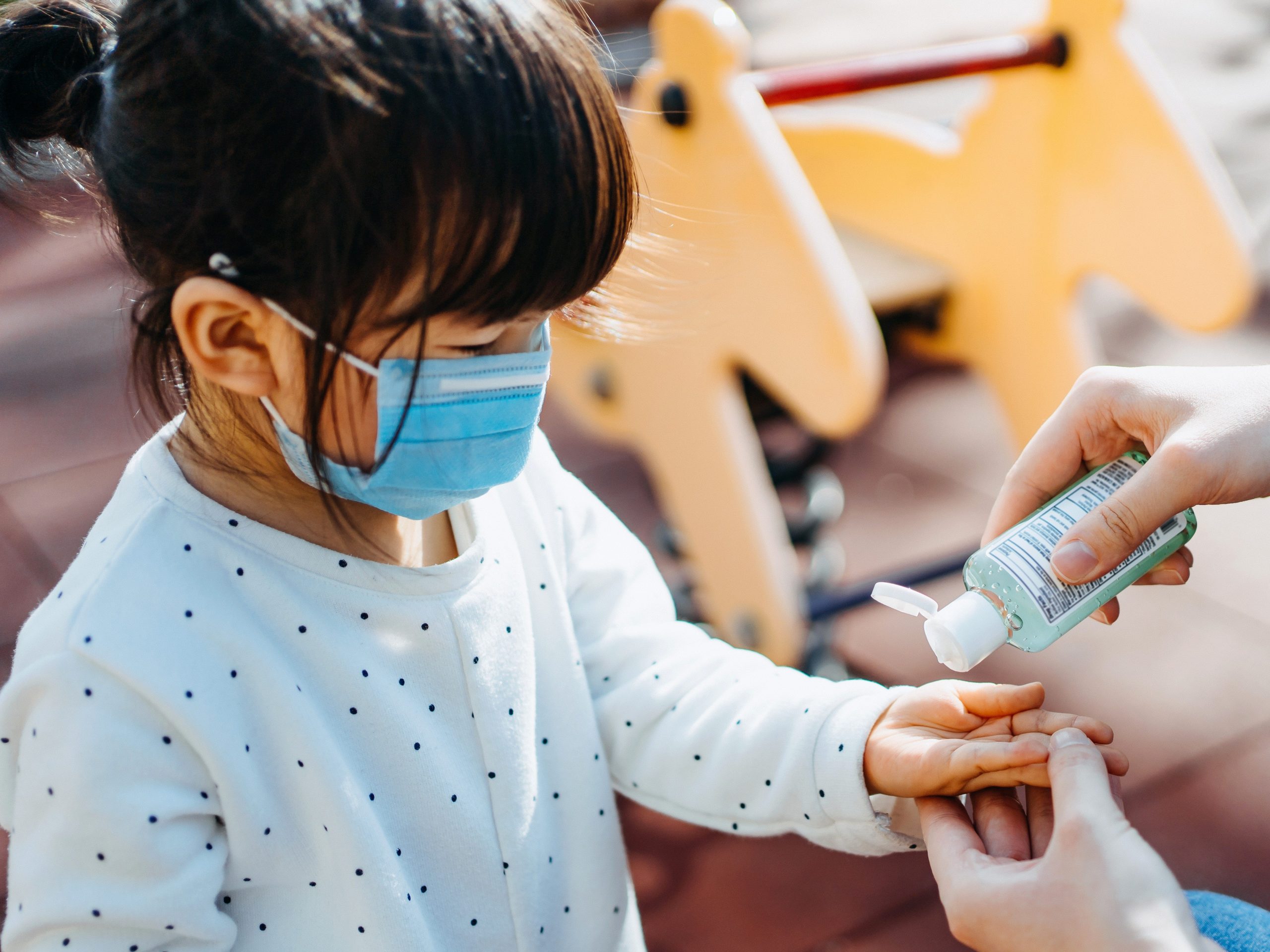
- Prices of hand sanitizer, face masks, and toilet paper have risen during the pandemic.
- Average in-store prices of hand sanitizer rose 53% and bleach 21%, The Financial Times reported, citing data from Nielsen.
- Some of this is because retailers are offering fewer discounts, Nielsen said.
- But complaints of price gouging — hiking prices as demand surges — have risen during the pandemic, too.
- In New York City, the nine neighborhoods hardest hit by COVID-19 also reported the highest levels of price gouging, according to the city’s Department of Consumer and Worker Protection.
- Visit Business Insider’s homepage for more stories.
Prices of essential goods including hand sanitizer, face masks, and toilet paper have risen across the US during the pandemic.
Average in-store prices of hand sanitizer rose 53% year-on-year between March and November, The Financial Times reported, citing data from Nielsen.
The average price of bleach was up 21%, paper towels 19%, and both laundry detergent and washing-up liquid 10%.
This is partially due to retailers offering fewer promotions on products, Nielsen said.
But some of this may also be due to price gouging, where sellers hike up prices when demand surges.
Accusations of price gouging have rocketed during the pandemic
New York City's Department of Consumer and Worker Protection (DCWP) has received more than 12,000 complaints of price gouging since March 5, it send on November 9.
It had put about 3,000 retail outlets on notice, it said.
The DCWP's analysis showed that some groups have been worse hit by the practice than others.
"The nine neighborhoods hardest hit by COVID-19 also reported high levels of price gouging," it said in a statement. Many of these areas are financially vulnerable and have majority Black and Hispanic populations, it added.
Around a third of the price gouging complaints made to city authorities were from residents of the Bronx.
"To see that racial and economic disparities extend even to price gouging is disheartening," DCWP Commissioner Lorelei Salas said.
However, these are on the decline, after reaching a peak of 2,108 complaints in one week in mid-March. The DCWP now receives "a few dozen" per week, it said.
Read more: Internal drug company docs show how pharmaceutical execs targeted the US for price hikes
In February, the US Public Interest Research Group (PIRG) tracked surgical masks and hand sanitizers on Amazon, and reported that prices of more than half of the products spiked by at least 50%, compared to the average price between December and February.
Six months later, the US Public Interest Research Group (PIRG) found that sellers on Amazon were still charging up to 14 times more than other retailers for staple products such as soap and hand sanitizer.
By early September, Amazon had suspended more than 10,000 seller accounts for price gouging, it told Business Insider. "We are disappointed that bad actors are attempting to take advantage of this global health crisis," it said.
Price gouging measures vary massively between states
In March, as complaints rocketed in the early days of the pandemic, New York City issued an emergency rule — since made permanent — that outlaws price gouging in the city. Under the new law, companies can be fined up to $500 per item if they hike the prices of any products or services essential to health, safety, and welfare during a declared state of emergency.
Currently, 37 states have statutes aimed at preventing price gouging during an emergency, but the measures vary significantly between.
For example, California prohibits 10% price increases during national emergencies, but in Kansas, up to 25% is allowed. Texas doesn't have a hard limit.
The US PIRG is campaigning for stronger government policy to protect consumers from price gouging.
"When price gouging occurs online and in stores during an emergency like the COVID-19 pandemic, it not only decreases the accessibility of critical supplies, but also places further financial burdens on all Americans," Grace Brombach, consumer watchdog associate at US PIRG, said in July.
"We should not arrive at our grocery store in the midst of a health crisis to find inflated prices and empty shelves," she added.
